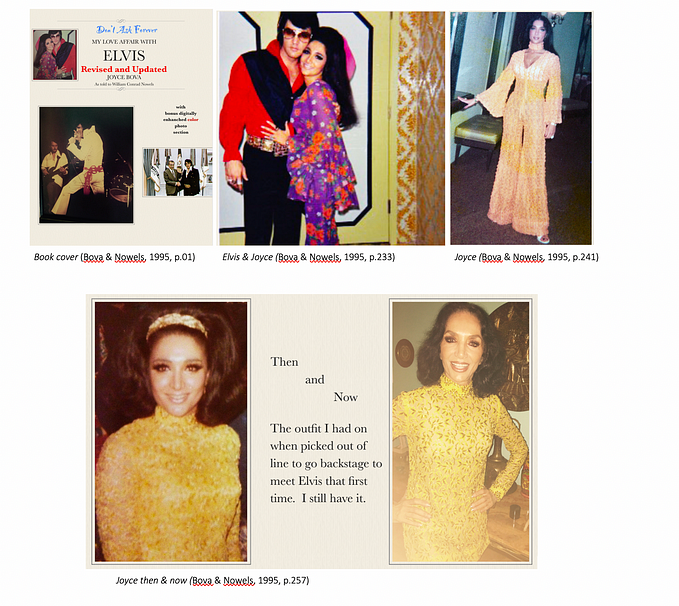How the Actor ties into the Aesthetic and Affect of Filmmaking
What is Aesthetics and affect in relation to acting and filmmaking? How does a film aesthetically elicit an emotional response from the audience through the actor?
A large part of filmmaking as an art is the aesthetic element it has, and how that affects the audience. Films seek to elicit emotion through engaging stories, sympathetic characters and the presentation of the cinematic world by audio-visual means and is argued that this affective experience is an important aspect of storytelling through film (Tarvainen, Westman and Oittinen 2015). To augment different emotions, such as sadness, anger, disgust, and joy just to name a few, filmmakers use various aesthetic techniques in relation to the narrative being told. Actors play a big role in this. Ever wonder why you can feel so strongly towards particular characters that we know to be fictional, crying real tears over the deaths of characters, or feel strongly about a character’s point of view? We relate to them on a human level. Along with going to the cinema for a safe space to outwardly express intense emotions and feel better afterwards, it’s also because we see ourselves in the characters on the screen.
It can be argued however, that the emotions the audience experience while watching films aren’t real. Contemporary American philosopher Kendall Walton explains that yes, we can be moved by things that aren’t real, through fictional circumstances and characters, but explains that the emotional responses we have to fictional event’s aren’t real either (CrashCourse 2016). Walton argues that the emotion-like responses of the audience that can be triggered by fiction, don’t exist on the level of real, true emotions, which he calls, “quasi-emotions”. (CrashCourse 2016). As an actor, I challenge this theory as the purpose of our job within the filmmaking experience is to take the audience on a journey through the characters, and for them to go on that journey, they have to connect with us as the characters, see parts of themselves in the characters, and for that to be successful, as actors, we have to be authentic in that process. Now, I’m not talking about method acting here. Different acting techniques is for another discussion. I’m talking about truth in performance and how that elicits an emotional response from the audience. The actors have to be living it truthfully for the audience to connect on a real level and thus, the film to elicit an emotion from the viewers. If there is any ounce of doubt from the audience that we, the actors, aren’t living truthfully in the given circumstance, then the audience hasn’t truly connected and thus, don’t have a real emotional experience.
Of course, the actors craft is an art form itself, one expressed through the film lens, and is one of the many techniques used in the filmmaking process to elicit emotional response from the audience. To support the statement that the audiences’ emotions from watching a film are real, Philosopher Noel Carrol argues that human beings can have real emotional responses to fictional characters and situations as our emotions don’t have to correspond to external reality in order to be real (CrashCourse 2016). The feelings the audience experience from a film, are evoked by the direct relation they have to the characters and that they see themselves in them. So how does the actor elicit sadness in the audience, through the filmmaking process? With the support of the technical audio-visual components of filmmaking, the actor — human being (character) living in that fictional circumstance, is trying to overcome that sadness or grief and thus, that same emotion is elicited in the audience. They see a human being navigating the challenging situation, rather than sitting in the “emotion”. An example of a tearjerker film that elicits sadness in the audience is ’The Fault in Our Stars’. This is successful in the message of the film and the connections the audience makes to the fictional circumstances and character journeys. Although the audience may not have been through the tragic circumstances the characters in the story go through, they can relate directly to the relationships and the themes presented throughout the film. By discovering that direct correlation, the film elicits that emotional response in the audience.

“The Fault in Our Stars is a movie about the transience of your own, little life. The film is about life-and-death, but on a personal scale — and that’s why it’s powerful” (Fields 2022)
In the filmmaking process, a common question is asked: “How do we want to affect the audience through this story?”. The answer to that question guides the creation of the film and is the purpose behind why the story is being told. Although there are different theories to the purpose of art, one that can be argued to be the most prominent in relation to filmmaking is that what makes something art, is the emotion that is brings out in the audience (CrashCourse 2016). A film is created to be viewed by human beings. It is an art form that is made to express a message through aesthetic audio-visual means, using various techniques and other human beings; actors, with the purpose to leave a lasting effect on the viewers. In other words, to elicit emotions.
References
CrashCourse. 2016. Aesthetic Appreciation: Crash Course Philosophy #30. Video. https://www.youtube.com/watch?v=NZ5duzln2wI.
CrashCourse. 2016. Aesthetics: Crash Course Philosophy #31. Video. https://www.youtube.com/watch?v=gDL4Zf2yEa4&t=12s.
Fields, Rachel. 2022. “The Surprising Emotional Core Of “The Fault In Our Stars””. Blog. Bitch Media. https://www.bitchmedia.org/post/the-surprising-emotional-core-of-the-fault-in-our-stars.
Tarvainen, Jussi, Stina Westman, and Pirkko Oittinen. 2015. “The Way Films Feel: Aesthetic Features And Mood In Film.”. Psychology Of Aesthetics, Creativity, And The Arts 9 (3): 254–265. doi:10.1037/a0039432.







